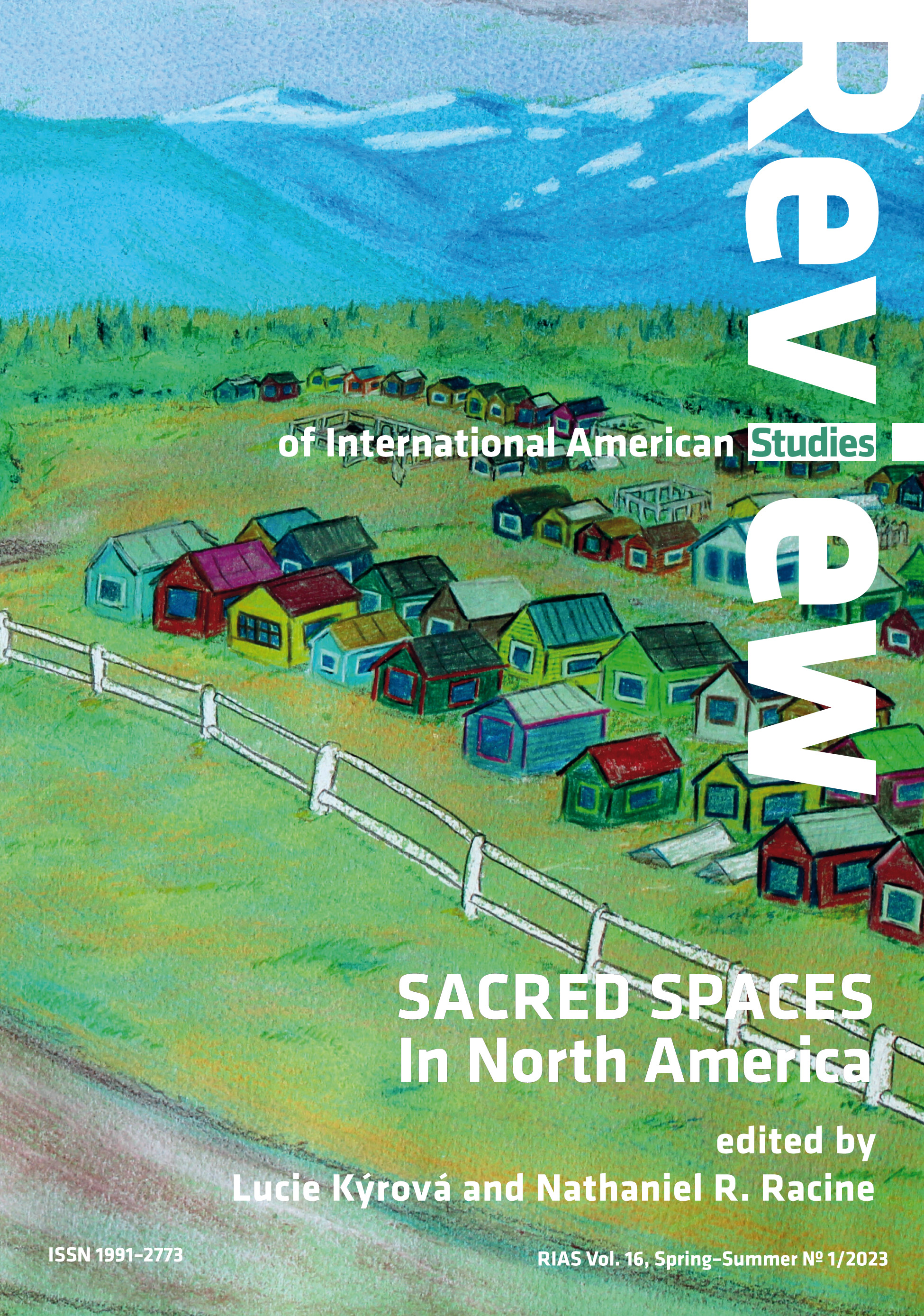Vol 16 No 1 (2023): Sacred Spaces in North America—RIAS Vol. 16, Spring–Summer (1/2023)
The connections between the spiritual and natural world and the temporality and permanence of sacred places have found constant expression throughout the history of North America. Places of power drew ancient Indigenous peoples, who came to them to “communicate and commune with higher spiritual powers,” to use the words of Vine Deloria, Jr. They interacted with the landscape, developing a unique sense of space, building shrines, roads, mounds, and other structures. While some of these places may have been abandoned over time (some due to demographic changes before the arrival of the Europeans, others due to the forces of settler colonialism), they continue to hold spiritual meaning for contemporary Native Americans. However, Native claims to these places of power are often challenged by competing claims from the dominant society that often feels entitled to ownership of these places.
As European colonial settlement advanced, many sites sacred to the Indigenous peoples were abandoned (often forcibly), desecrated, destroyed, or left in obscurity for their own protection, only to gain new meanings within the conquering or enslaved cultures taking root. The newly arrived settlers interacted with the landscape, bringing with them their own cultural perspectives. Some of these communities settled in areas where the land’s topography and sounds reminded them of their homelands, and they named them accordingly. The settlers’ religious institutions often played a significant role in the establishment of their communities, producing “shrines and sacred sites discerned by the occupying people” (to borrow Deloria’s words again), from the colonial era through the nineteenth century and into the twentieth. As the occupation of the land by the newcomers continued, places of worship and reverence developed and were layered over those that came before them. The landscape then became a visual record of the various expressions of the diverse cultures. Thus, we see the Metropolitan Cathedral in Mexico City rising from the grounds which were once occupied by Tenochtitlán’s sacred pyramids, or the likenesses of US presidents carved into the granite face of the Paha Sapa (Black Hills), sacred to the Lakota and the Tsistsistas (Cheyenne) people.
The questions surrounding ownership and authenticity point to problems inherent in the term “sacred” and, although the title of this issue of RIAS is “Sacred Spaces in North America,” that concept can be misleading as the Western tradition tends to define the “sacred” in opposition to the “profane” or secular. The articles included here aim to broaden the understanding of these and other terms by approaching “sacredness” from a wide range of disciplinary and conceptual approaches to examine the temporality and permanence of the ancient and the modern, the contested definitions of sacredness with their legal and political ramifications, or the questions of cultural appropriation of the Indigenous sacred in art and entertainment, inviting their consideration across the vastness of North America.
(Read more in Lucie Kýrová and Nathaniel Racine’s “Intro”)


